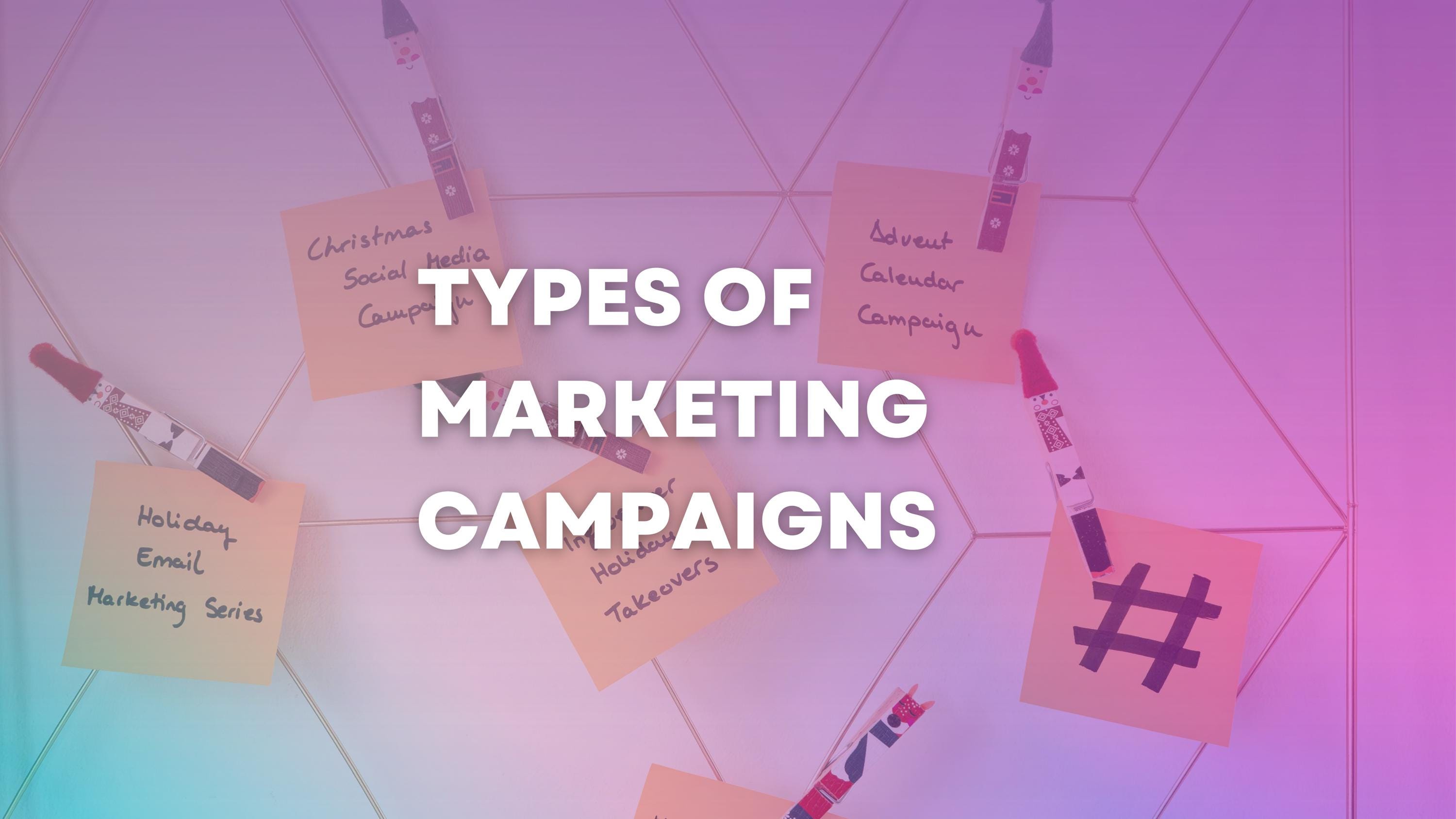Not all campaigns are created equal, and they shouldn’t be.
In today’s fragmented digital landscape, using the same approach for every campaign is a recipe for burnout and low return on investment.
Whether you’re planning a product launch, nurturing leads, or re-engaging churned customers, understanding the different types of marketing campaigns is essential for sustainable, scalable growth.
This article isn’t just a list — it’s a framework. One you can refer to when understanding campaign architecture, defining your goals, choosing the right channels, expanding into new areas, and allocating your budget wisely.
🎯 By Purpose: Every Campaign Starts With Why
Before you choose a channel, write a headline, or launch anything — you need clarity on the purpose. Without it, your campaign becomes noise. Purpose defines the tone, structure, and success metrics. Whether you’re looking to introduce your brand, convert leads, or build community, the goal must shape everything.
- Product awareness
- User acquisition
- Lead nurturing
- Upselling / Cross-selling
- Brand positioning
- Customer referral
- Product or feature launch
- Community building
- Customer retention
- Churn re-engagement
- Seasonal promotions
🎯 A campaign with a strong “why” can thrive even on a small budget. A campaign without one? Even the best tools and ads won’t save it.
📡 By Channel: Where Does Your Campaign Live?
The channel you choose is more than a distribution method — it’s the stage where your message performs. Every platform has its own energy, audience mindset, and content logic. A message that works on Instagram might fall flat in email. Strategic campaigns match the message to the medium — not the other way around.
- SEO
- Content marketing
- Social media marketing
- Google Ads / Paid search
- Display advertising
- Email marketing
- Messenger marketing
- Video ads
- Affiliate marketing
- Podcast / Audio ads
- Influencer marketing
- Native advertising
- Push notifications
💡 Choose channels based on how your audience discovers, explores, and decides. Right message, wrong place — still a miss.
🏢 By Market: Who Are You Talking To?
Market type isn’t just a demographic label — it defines how people think, evaluate, and act. A B2B audience seeks logic, value, and proof. A B2C audience responds to emotion, ease, and immediacy. The structure and tone of your campaign must align with the way your market makes decisions.
- B2B (Business to Business)
- B2C (Business to Consumer)
📌 Don’t just ask “who is this for?” — ask “how does this audience decide?” Your message should meet them at that point.
⏳ By Duration: How Long Will It Run?
Timing changes everything. Some campaigns need to run quietly in the background for months. Others are designed to create a spike in hours. Duration shapes urgency, tone, and messaging rhythm — so it must be chosen based on both business goals and audience behavior.
- Evergreen
- Long-term
- Short-term
- Seasonal
- Flash campaigns
🕒 Great campaigns don’t just show up — they show up at the right time, with the right momentum.
🌍 By Region: Where Are You Targeting?
Marketing may be global, but attention is always local. A campaign that resonates in one country can completely miss the mark in another — not because the product is wrong, but because the context is off. True localization goes beyond translation; it reflects culture, behavior, and timing.
- Local campaigns
- International campaigns
- Localized campaigns
- Geo-targeted ads
- Multilingual campaigns
🌐 The more your campaign feels familiar to its audience, the more it earns trust — and action.
🎨 By Format: How Is the Message Delivered?
A great idea can fall flat if delivered in the wrong format. People consume content differently — some read, some scroll, some listen. The format you choose affects not just how your message is received, but whether it’s remembered. Make sure your content structure matches both your message and your audience.
- Visual content
- Text-based content
- Video
- Interactive content
- Audio / Podcast
- Experiential campaigns
🎥 Don’t just ask “what should we say?” — also ask “how will they feel it?”
Great marketing isn’t about doing more — it’s about doing what matters, with intention. Campaigns are not just touchpoints; they’re signals. They reveal how well you understand your audience, your timing, and your direction.
This framework gives you structure — not limits. It helps you turn ideas into campaigns that are goal-driven, well-placed, and deeply relevant.
🎯 When every campaign has a clear purpose and a thoughtful design, it doesn’t just perform better — it builds long-term brand momentum.
💬 Which type of campaign do you use the most? Drop it in the comments.

